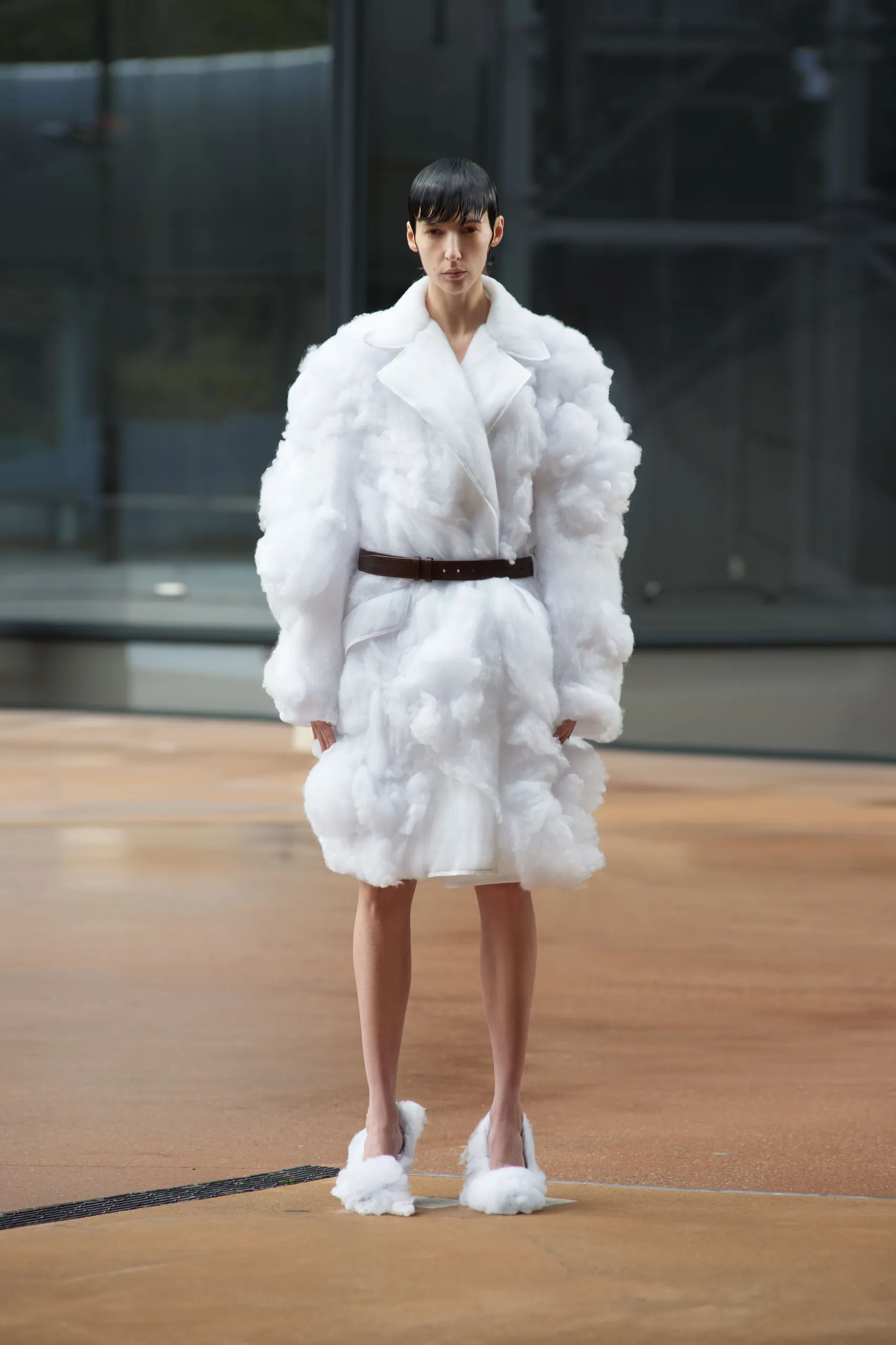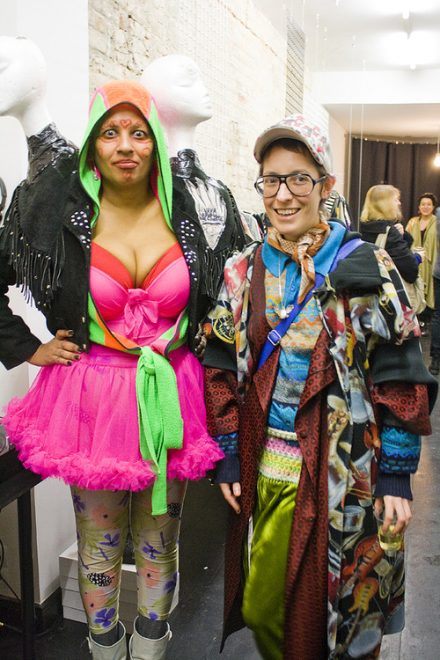Two years since its runway debut, LÙCHEN is still forging a fresh direction in Paris and New York with its latest SS25 collection inspired by ecology, impermanence and abstract forms.
Evoking landscapes and the animal kingdom in 15 looks instead of the usual 30, and released in fully digital format, this season marks a significant shift in the label’s production and presentation approach.
“It gave us more room to reflect on the collection, including being more thoughtful about sourcing materials and letting the design process breathe,” explains founder, Parsons-graduate Lu Chen.
Employing zero-waste patterning and upcycling, the collection references the circularity of nature in function as well as form, with recycled plastic sheets transformed into feather-like sequins, and fabric off-cuts into garment filling.
Meanwhile, the digital presentation gives LÙCHEN’s line a sense of place. “The decision to go digital also made us rethink the visual narrative, and using the city as the backdrop felt right for telling the story,” says Chen.
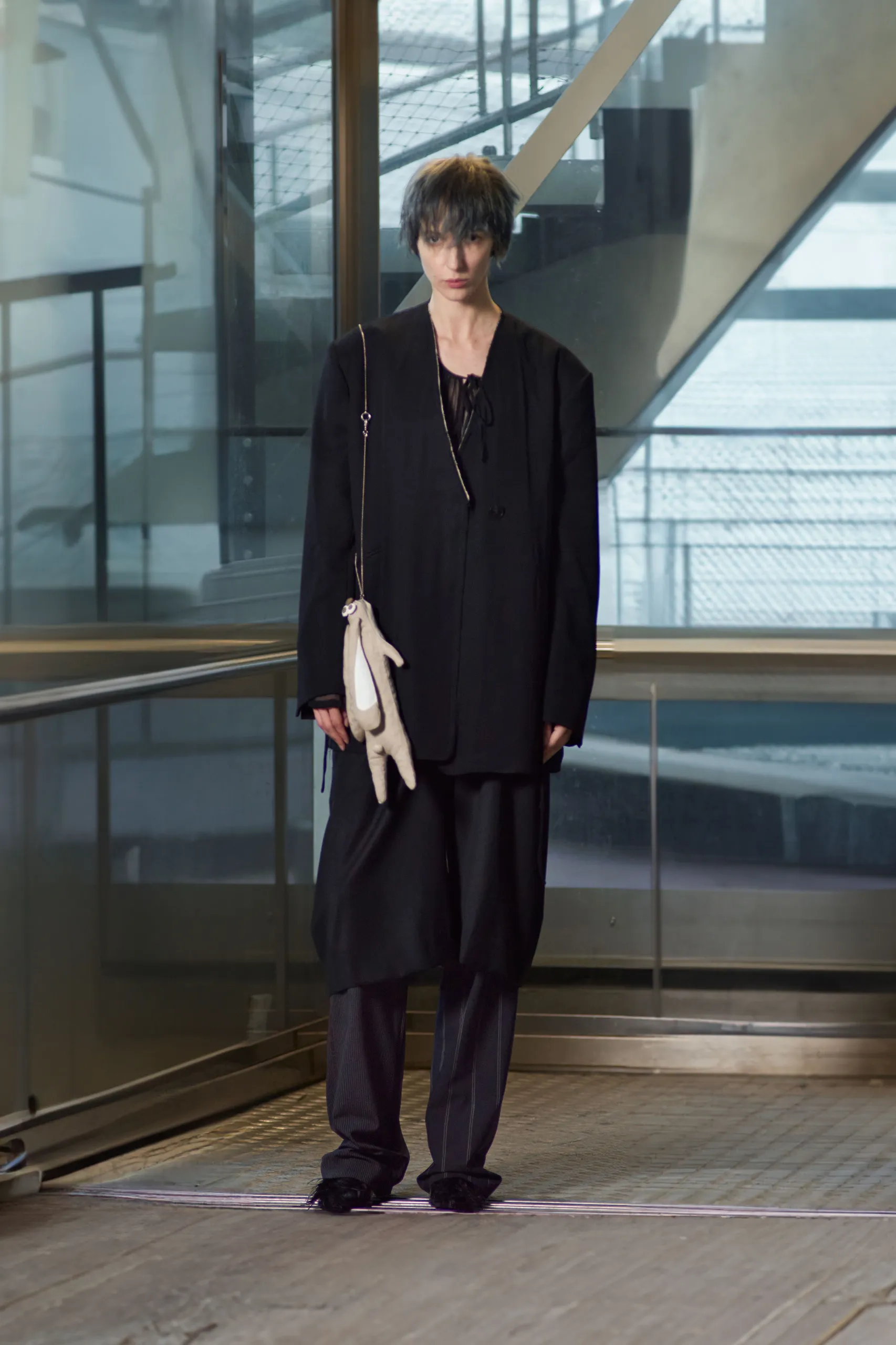
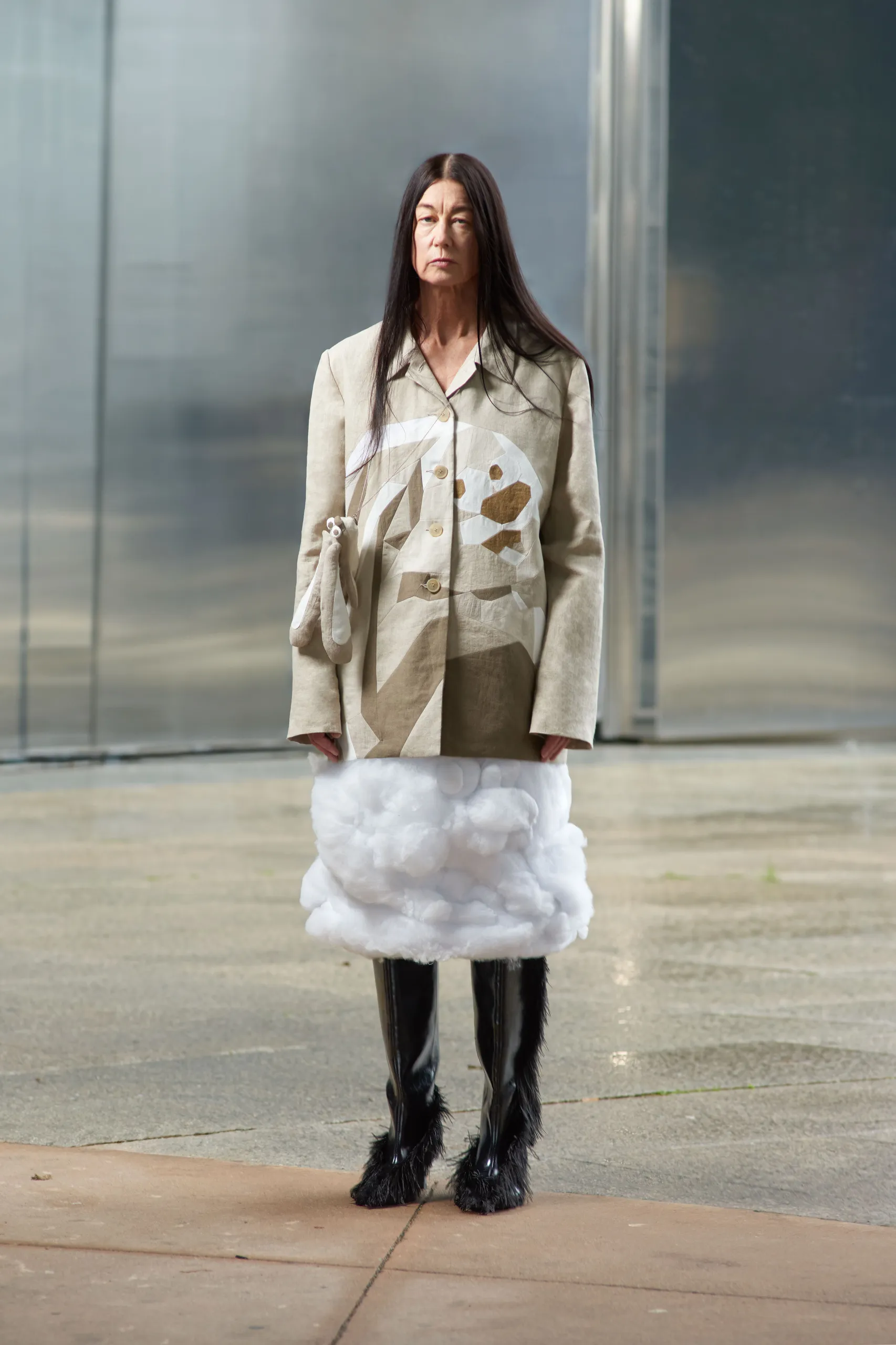
In the digital runway, the garments exist as elements locked into the ecosystem of the image – in this case, their otherworldly colours and shapes contrasting with the bleak cityscape behind.
It’s one of many ways that SS25 gestures to the idea of small parts of a whole, and offers an outside-in perspective on our place in the natural world.
More overtly, it’s via strange silhouettes that refuse to be anthropomorphic. Instead, LÙCHEN gives us shapes that are so improbable they can only be natural – like a pillowy cloud-shaped jacket, cinched severely at the waist with a leather belt, or rabbit-shaped accessories.
The collection’s most striking item is a scarlet dress featuring a winglike structure with a span nearing a metre and a half protruding from the shoulders. It has the curve of a calla lily or a conch, and the swoop of a bird in flight.
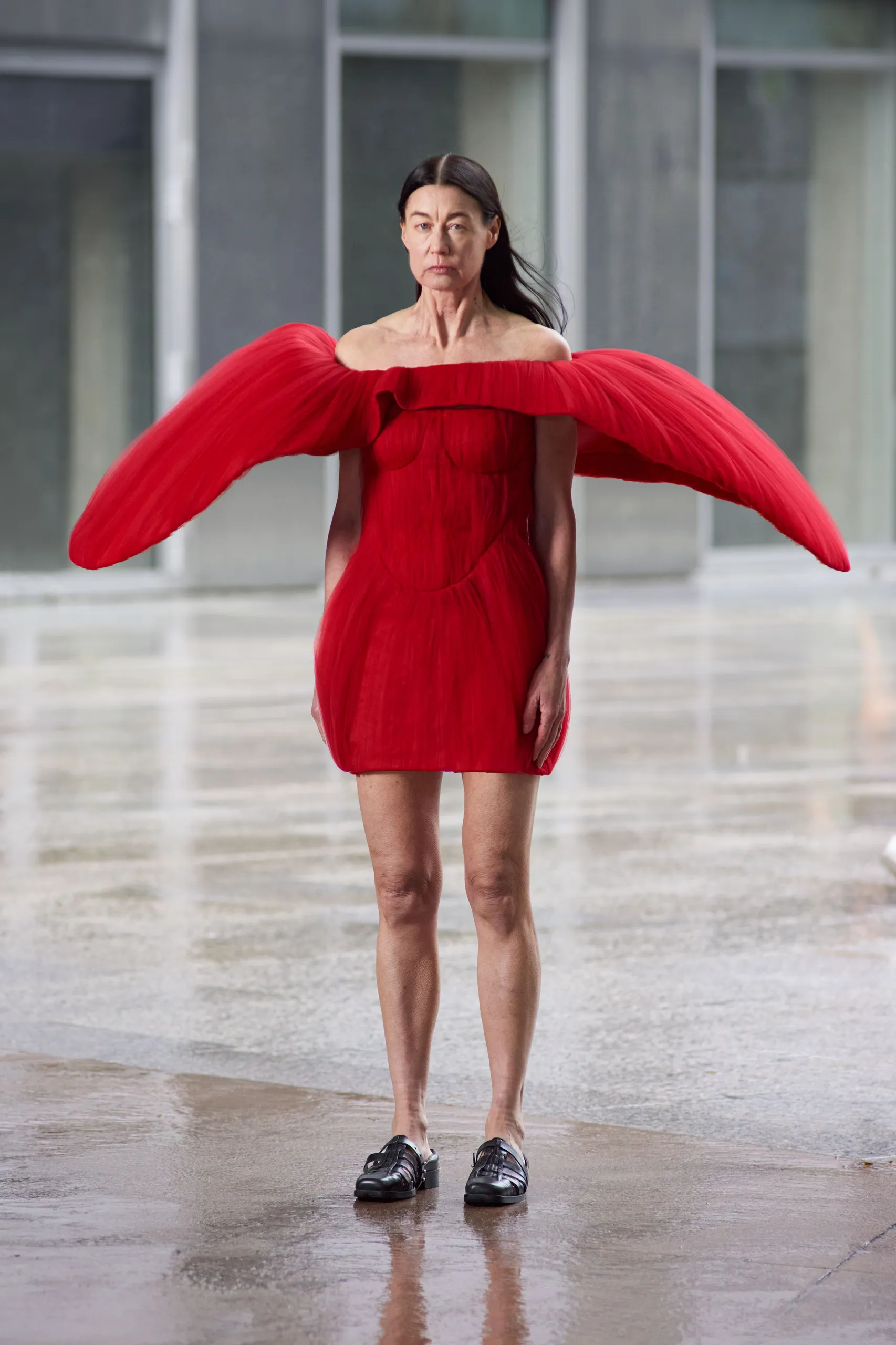
“I’ve become more aware of how we tend to design in ways that centre on our own bodies, but I’ve been working to move beyond that,” says Chen.
“This isn’t always something I intentionally plan—it’s more intuitive. It shows in the way we play with silhouettes and create forms that don’t necessarily reference the body directly but explore space and movement in unexpected ways.”
In another look, a sand-coloured coat alludes to the formalities of the trench coat – but is structured entirely by drapery and bound thickly at the waist with a flyaway bow. On top of its origami-esque lapels is a necklace that mimics a fishing net, with pearlescent shells and coral trapped in its delicate mesh.
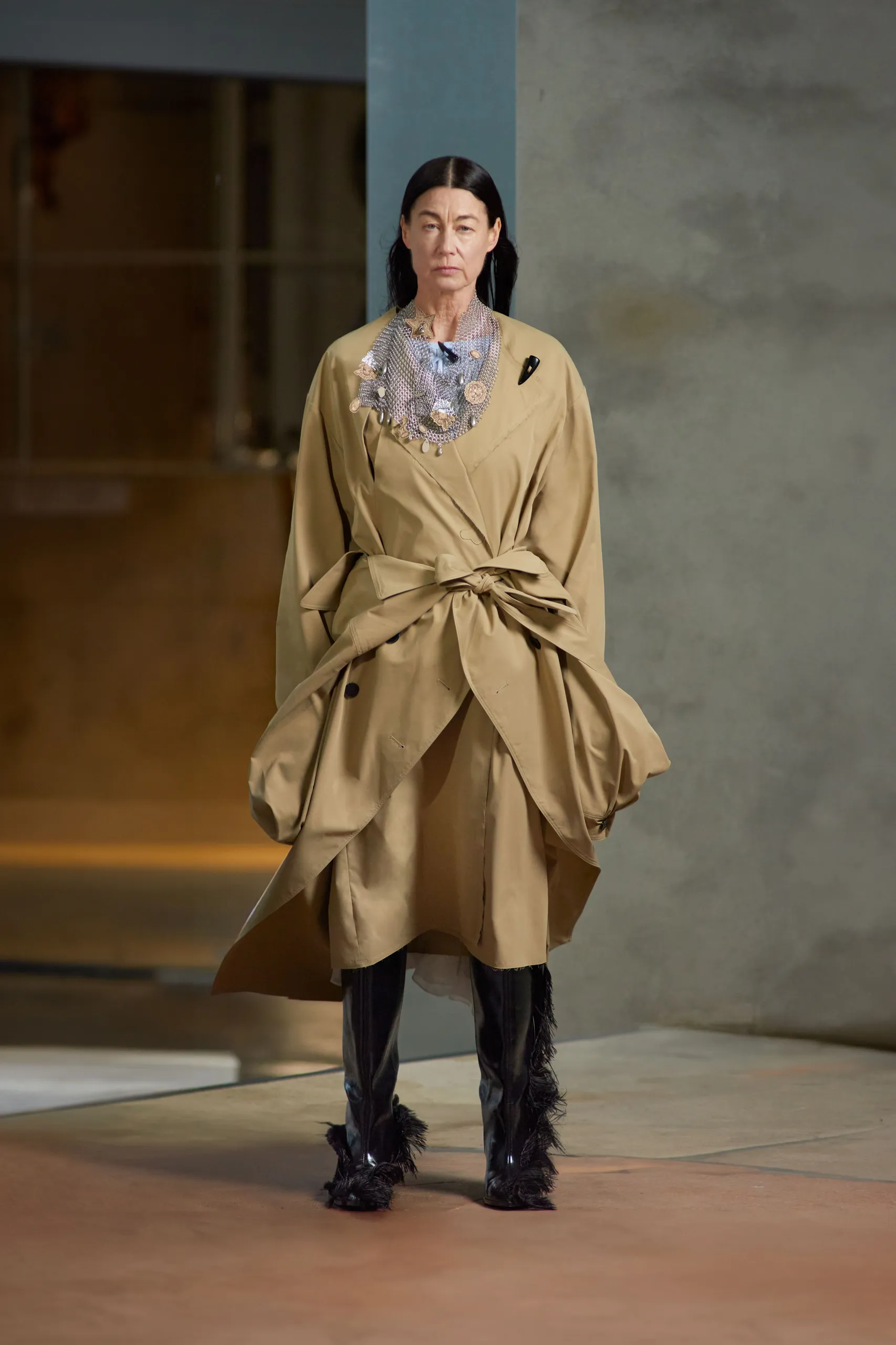
Those abstract shapes are offset by more recognisable cuts, all in black: a slick, knee-length belted coat; an evening jacket, wide-leg leather-look pants.
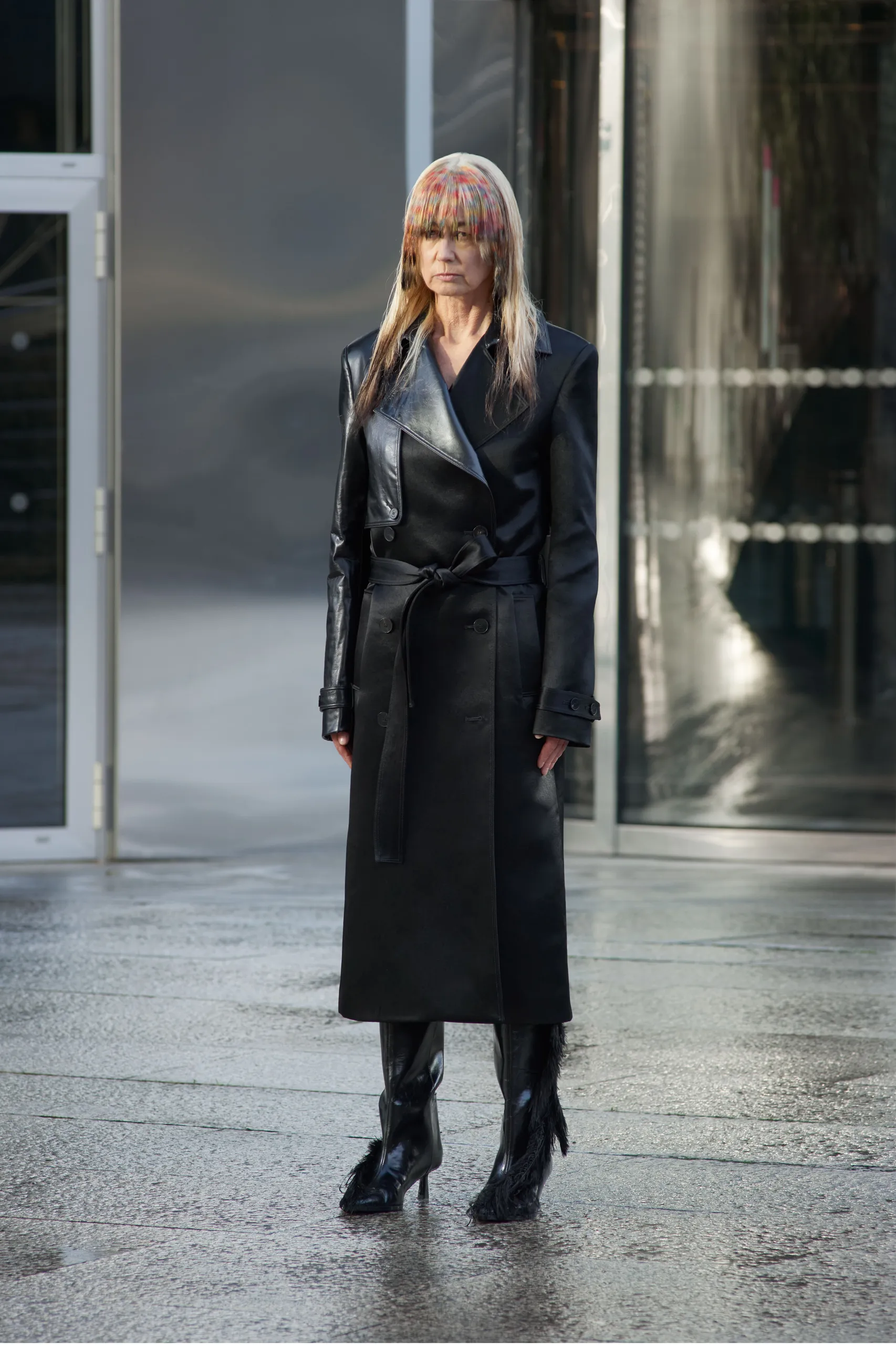
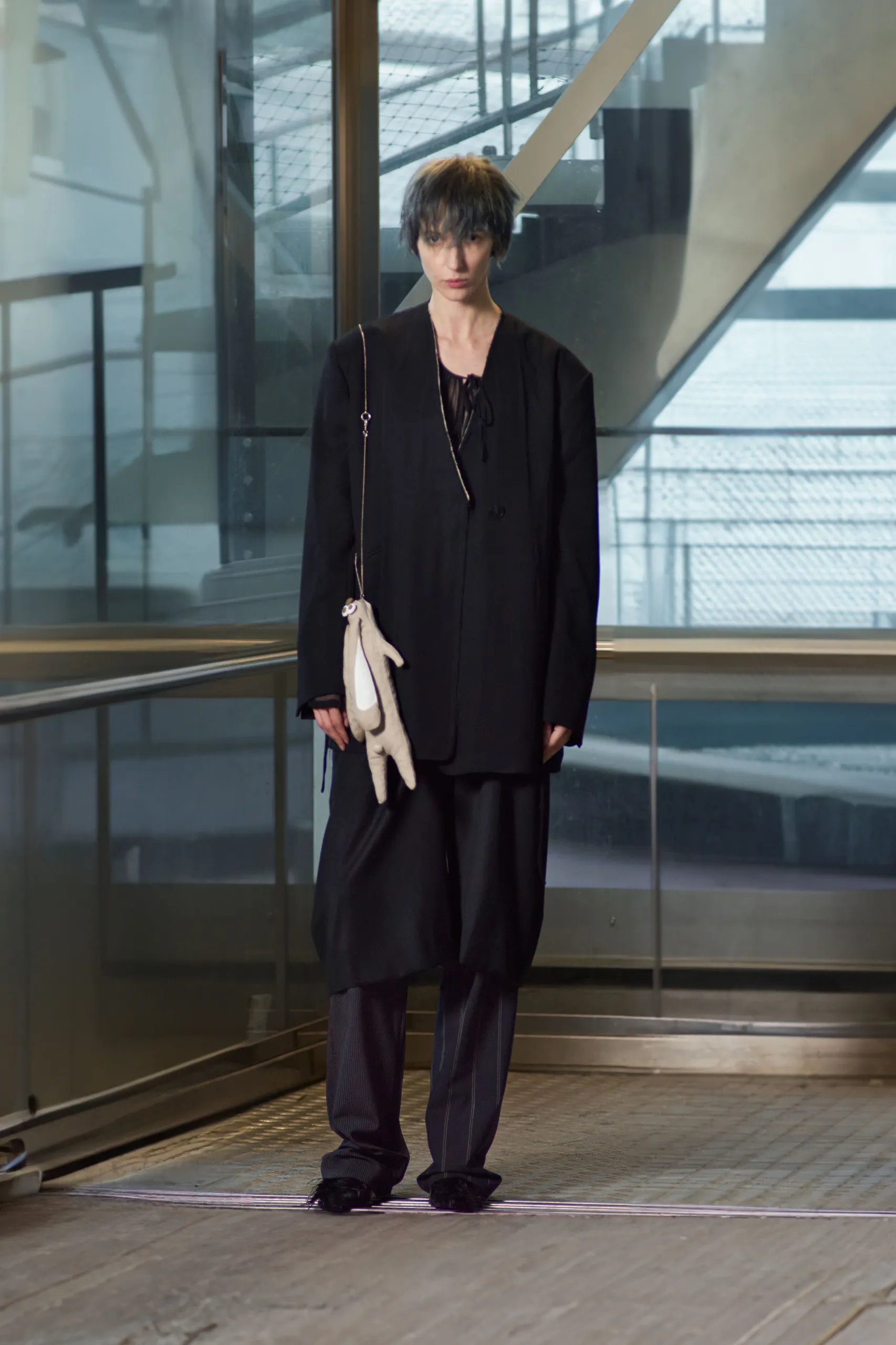
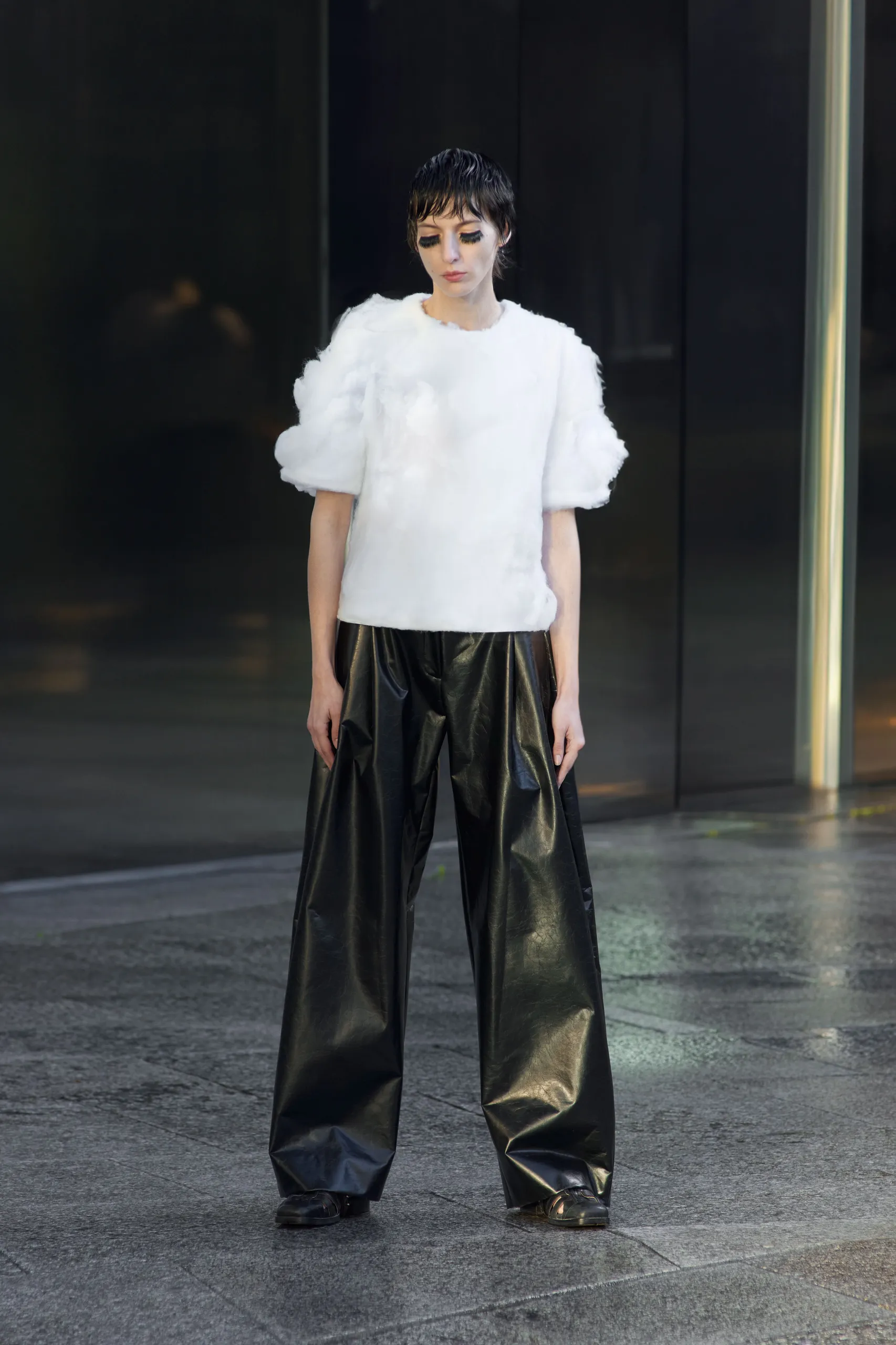
Chen always finds inspiration in shapes and materials. “It’s fascinating to observe the details in garments and find a balance by introducing abstract shapes that challenge or complement those details,” she says.
Nature rejects over-analysis, and so do the nature references in LÙCHEN’s designs: “The animals referenced in this collection, like bunnies, birds, and whales, came from a playful place. There wasn’t a deep reason behind them, just a creative impulse,” says Chen
That’s not to say the design is flippant or thoughtless, but that its starting point and logic is not only human scale. Instead Chen’s work values context, pluralism, systems thinking and material exploration.
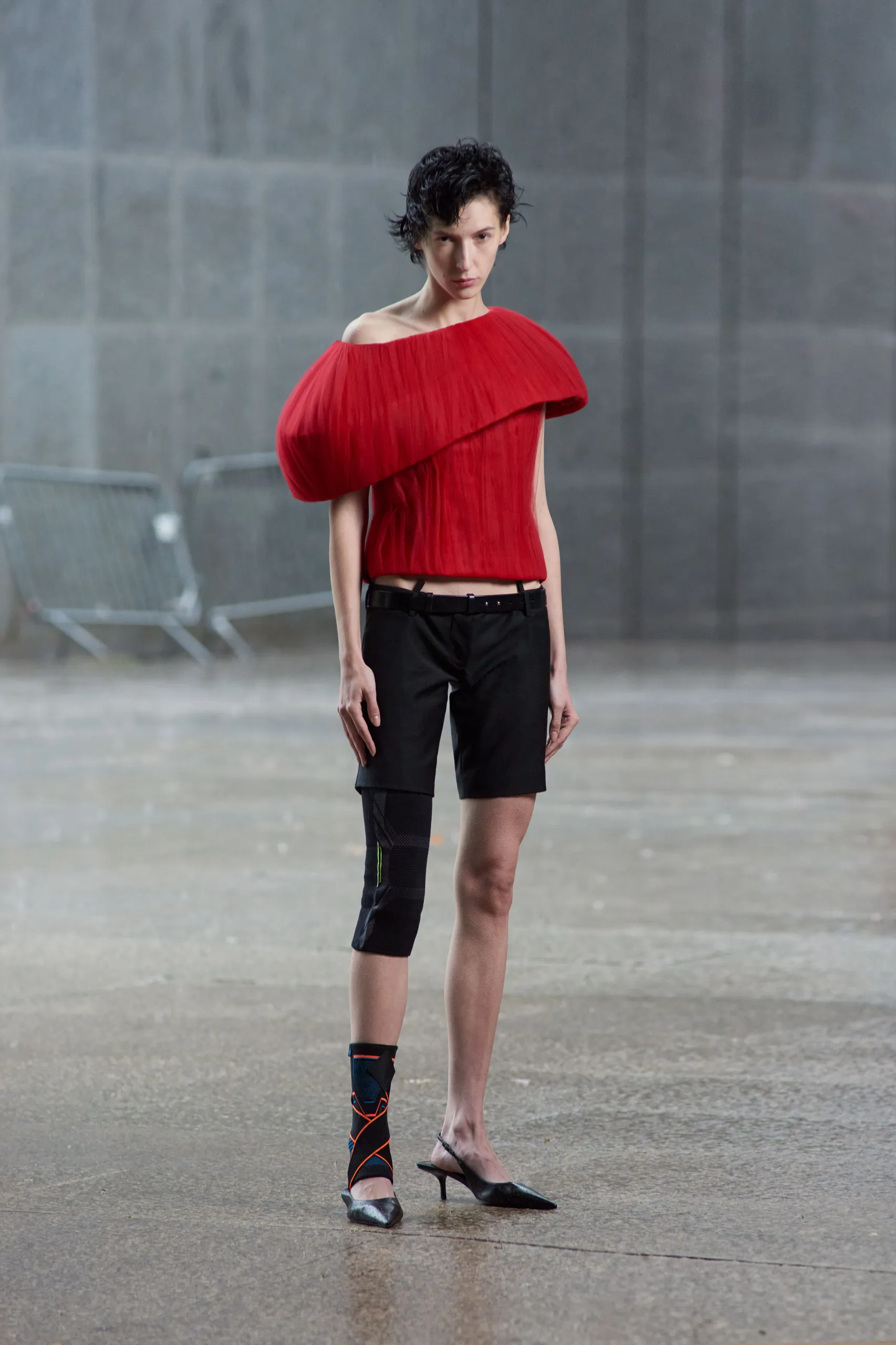
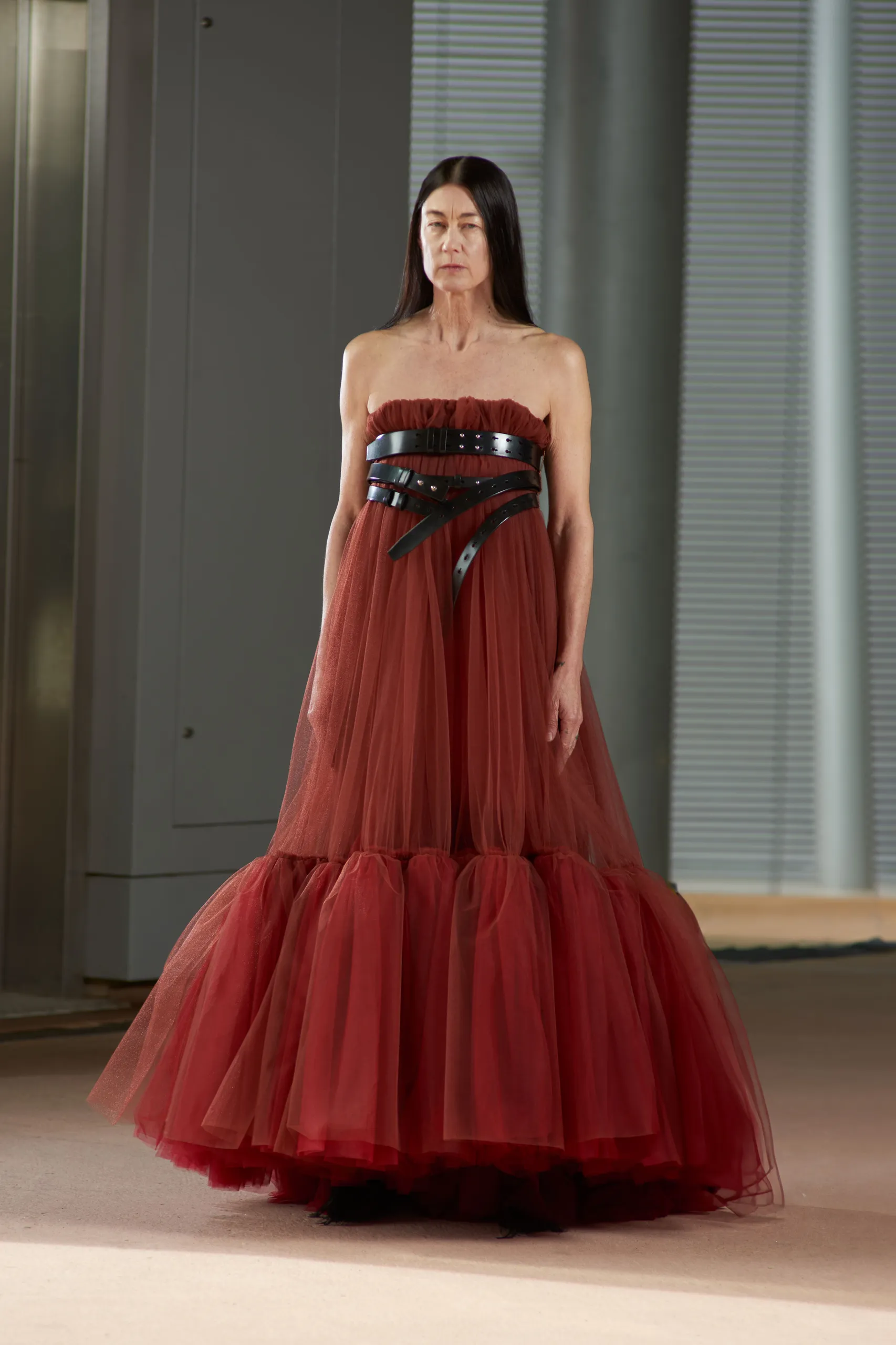
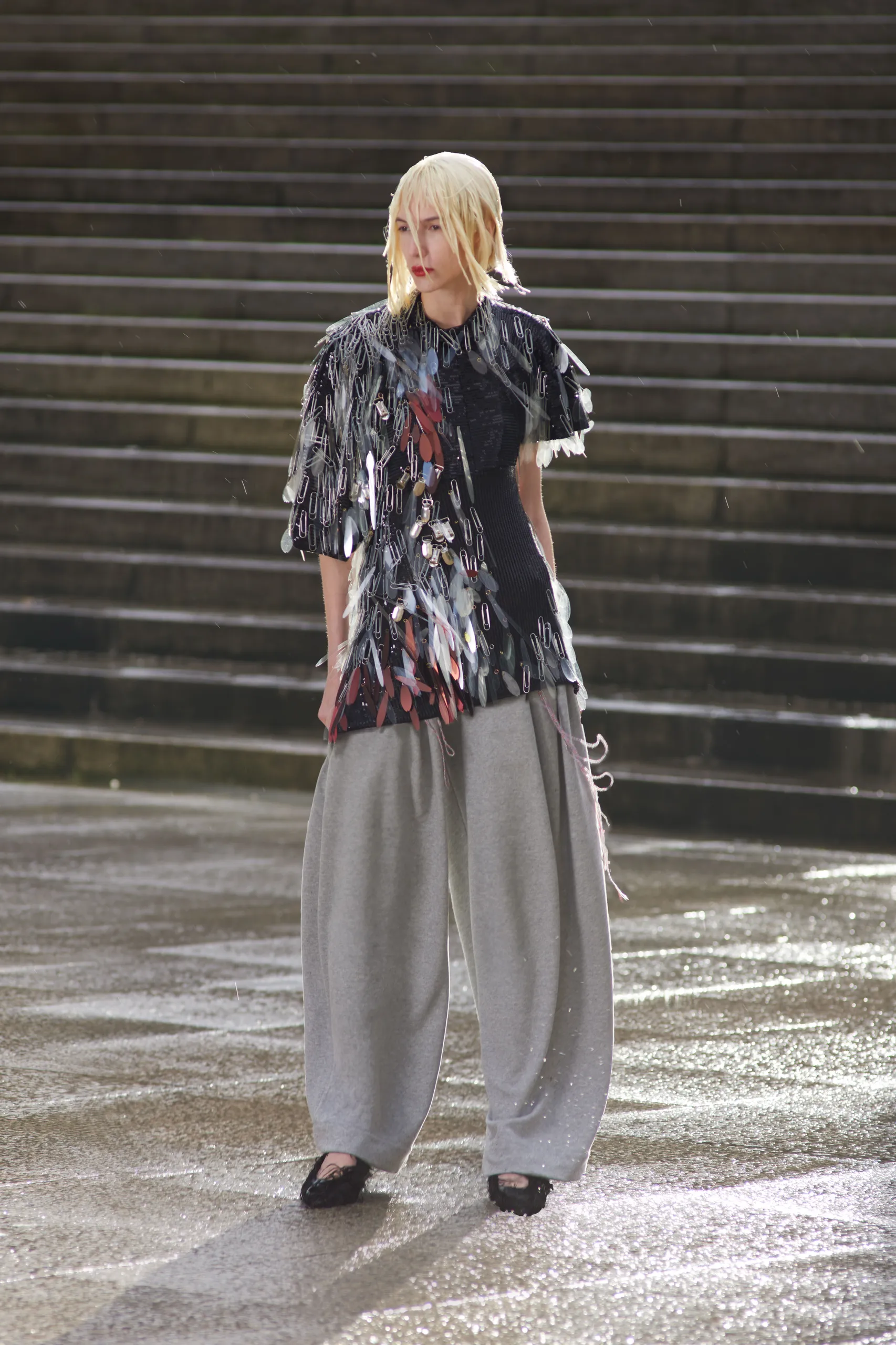
That field of thought has become increasingly pronounced since the brand’s inception four years ago.
It leads SS25 naturally to muse on human impermanence and the churn of time, where its lofty, conceptual designs point to a world beyond the physical, while the distorted animal motifs nod to organic decay and evolution.
Every garment comes labelled with a ‘timestamp’ referring not only to its physical life cycle, but to “how the materials come together and how it ages along with the person who wears it”, Chen says.
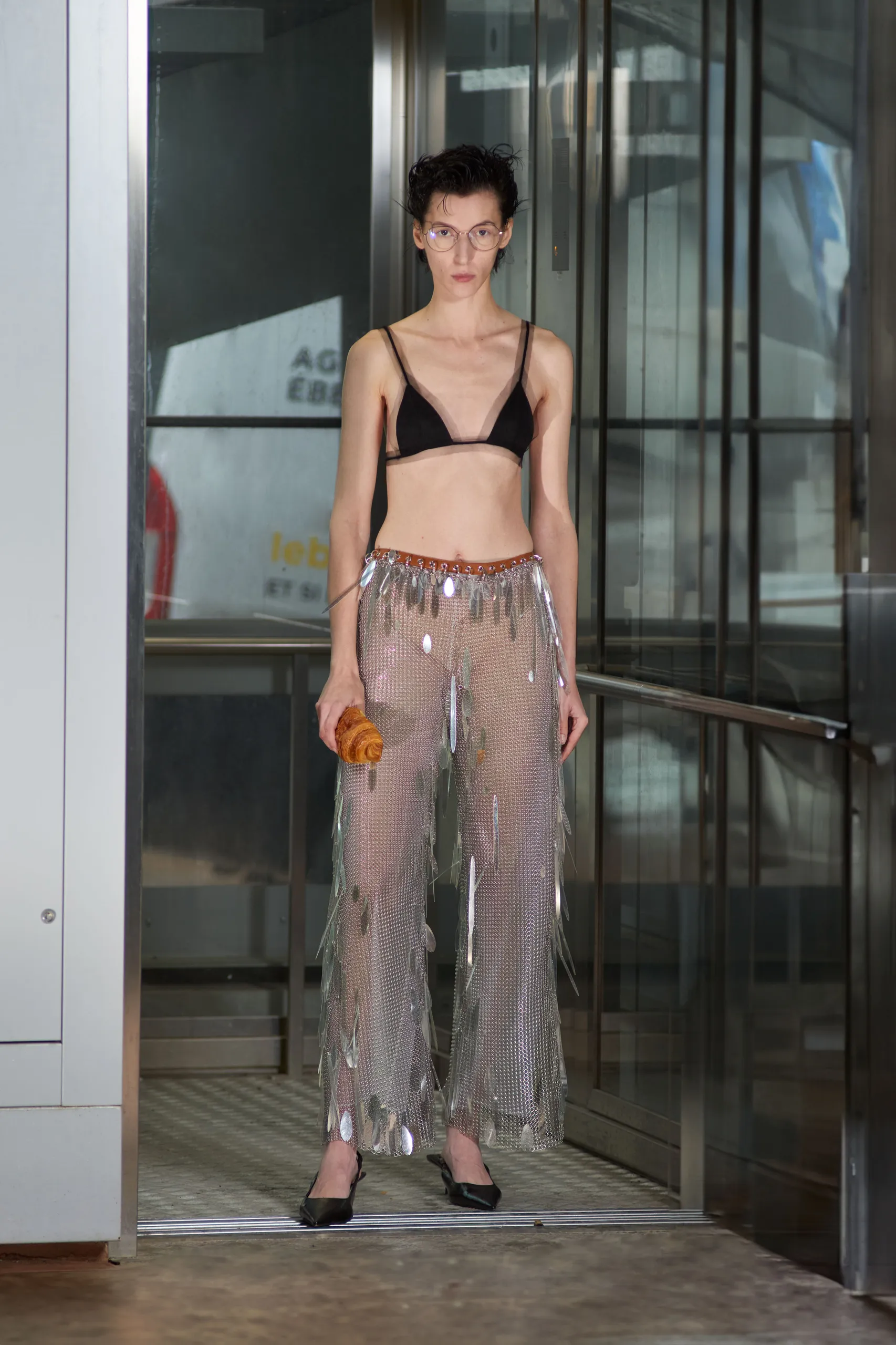
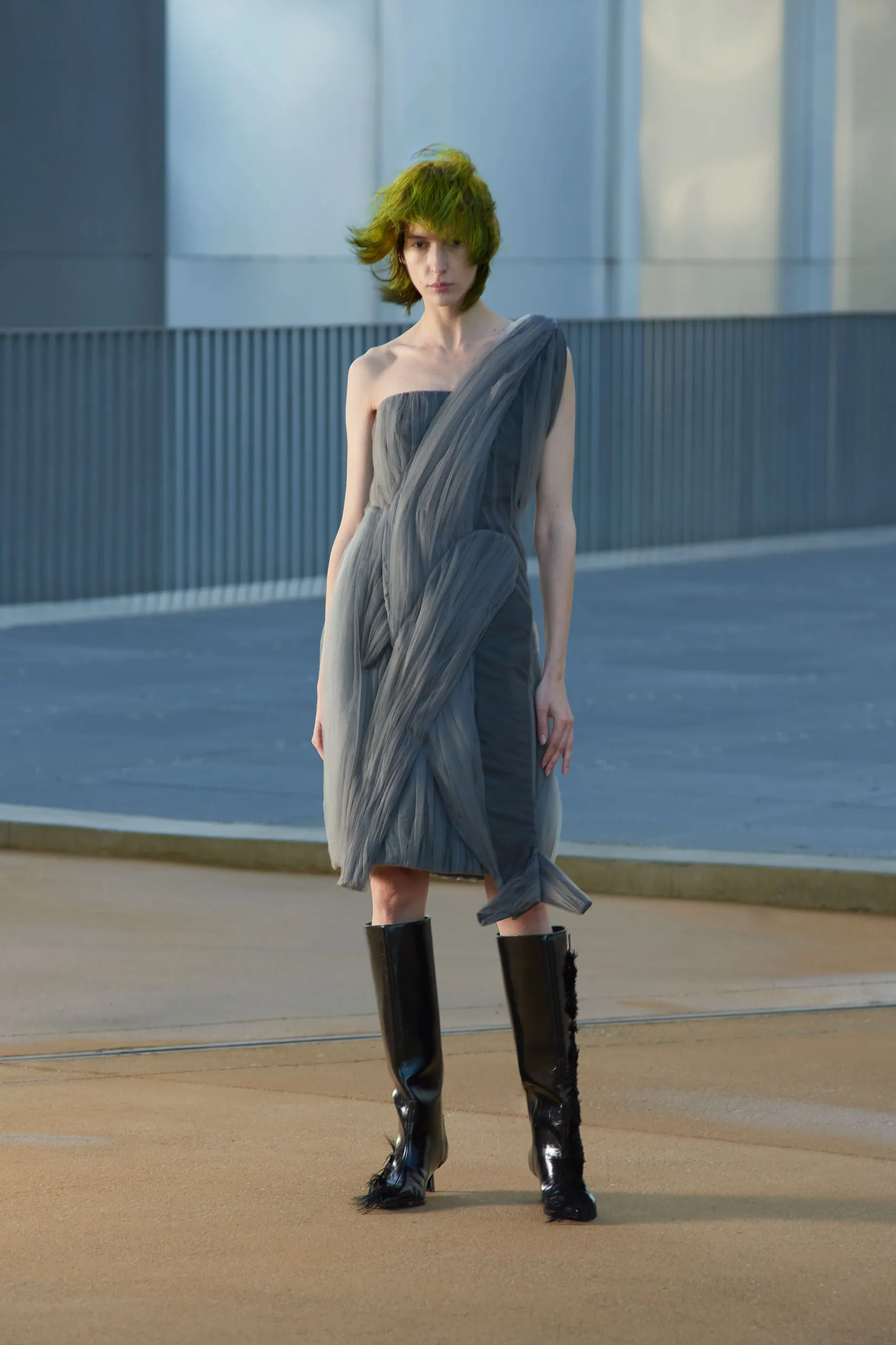
Its a pragmatic, naturalist stance that emphasises adaptability and resilience in a rapidly changing world, while accentuating the vulnerability of humans and animals.
The rejection of human framing is an exciting space for art. It’s the realm of existentialism and surrealism – of disruptors like Sartre, de Beauvoir, Giacometti, Schiaparelli and McQueen, all of whom based their design processes on a distinct creative logic.
Fittingly, Chen says she lives by the advice “create without limitations but always design with a clear purpose.”
Looking ahead, LÙCHEN’s output will focus more on demi-couture: “We believe that’s where the real value of our brand lies,” she says. “Creating pieces that are both innovative and refined in every detail.”
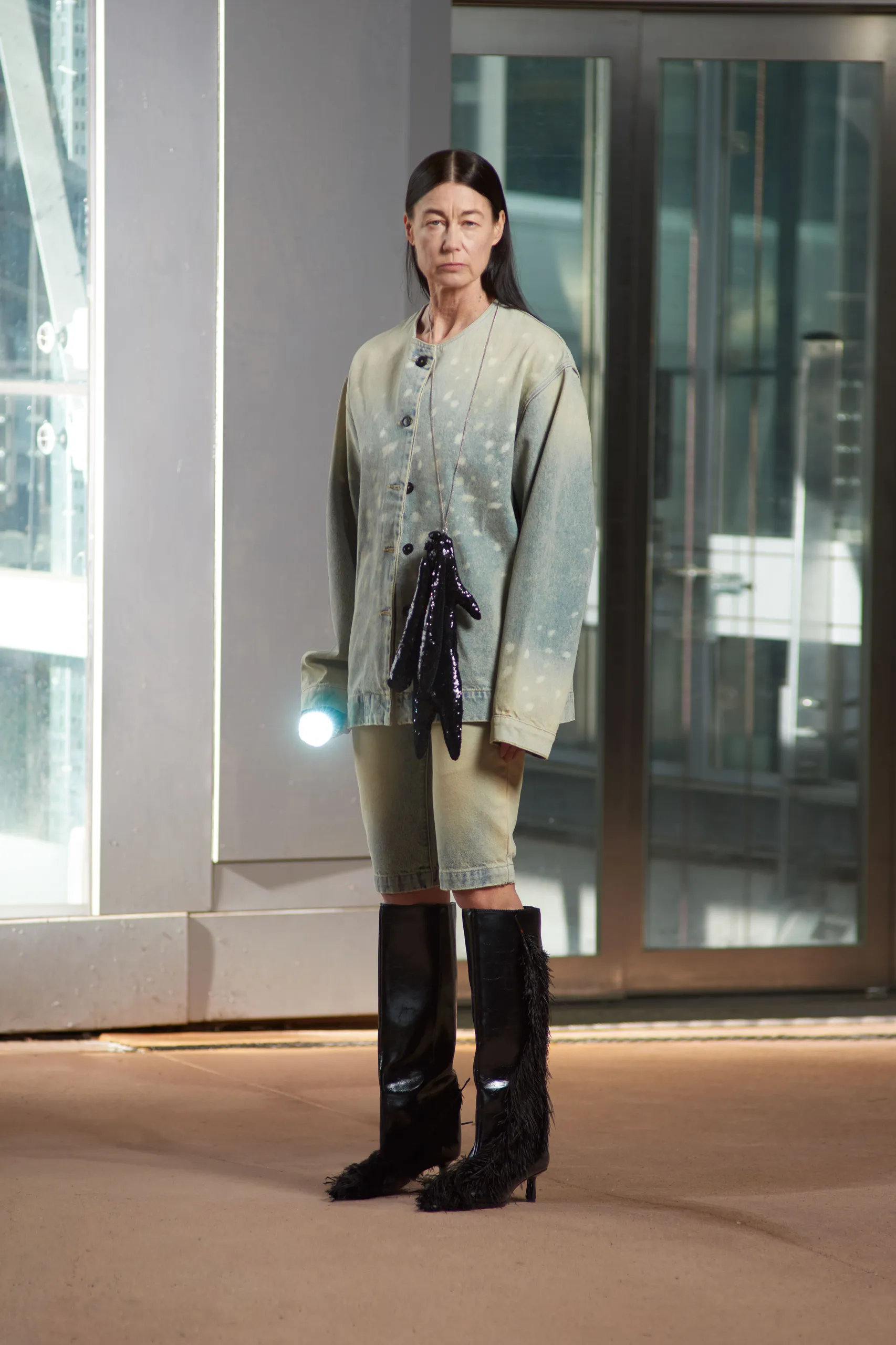
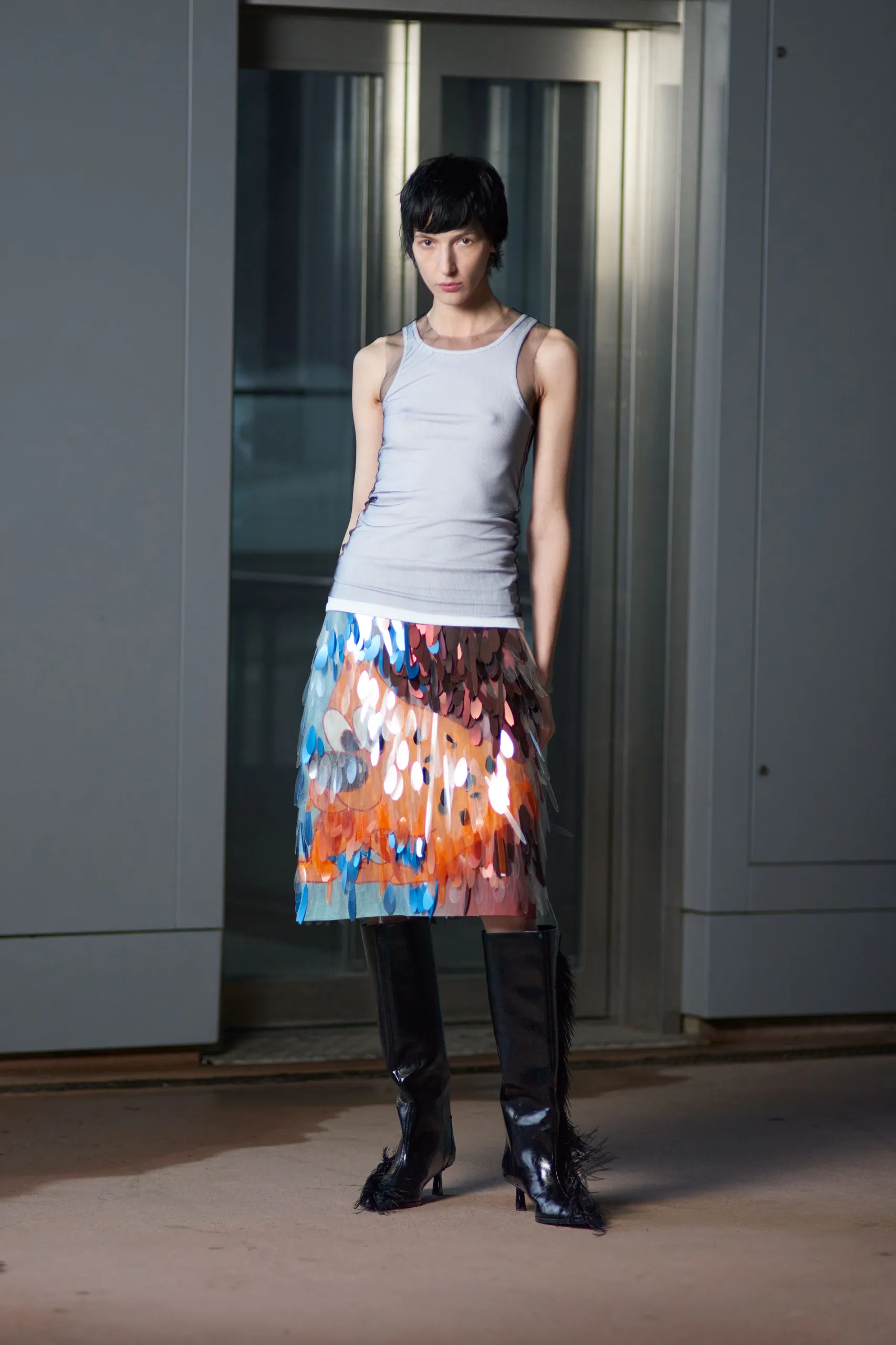

Credits
Editor
Lena Hunter
Images
Courtesy of Lùchen
